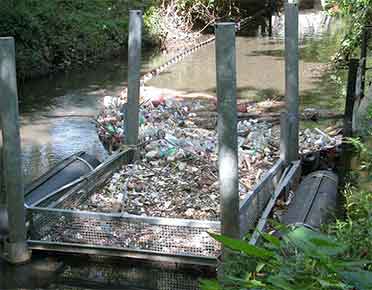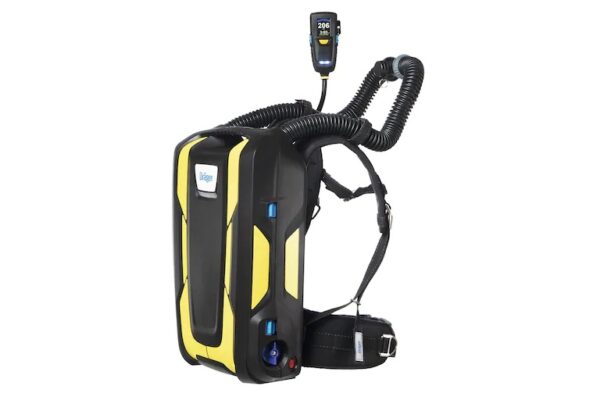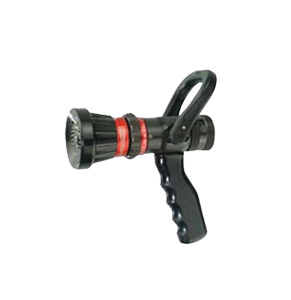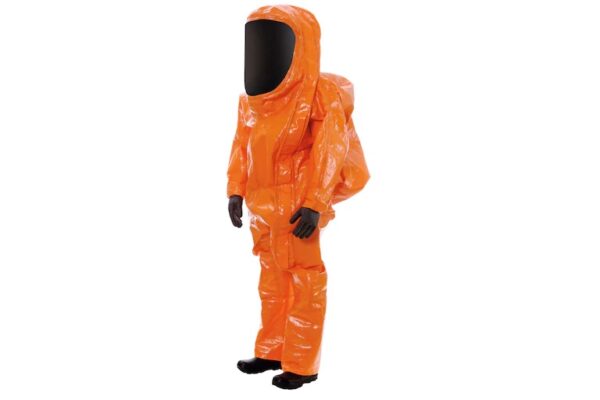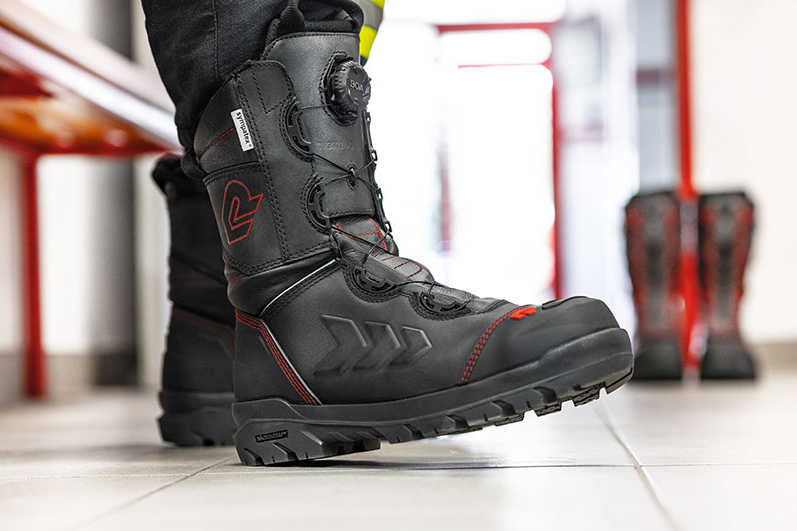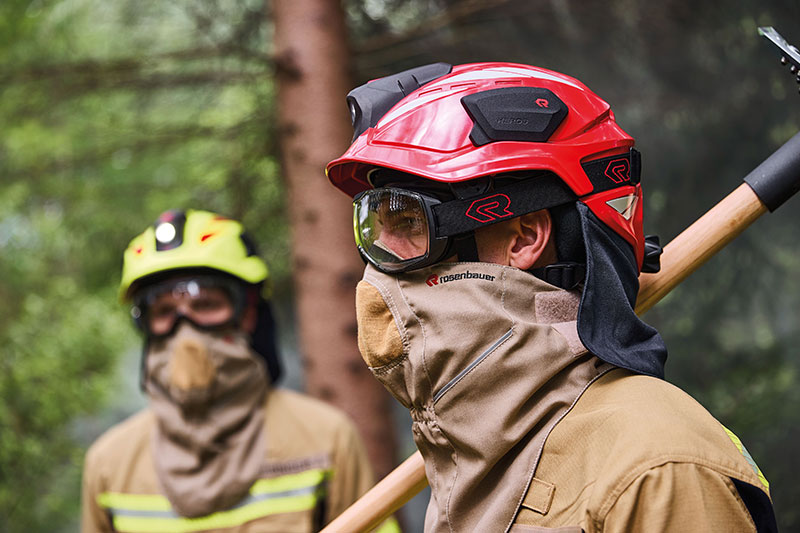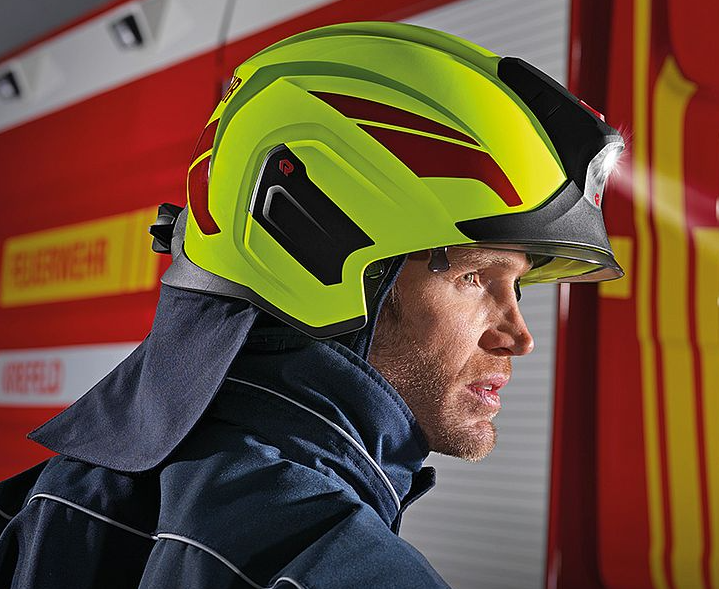Marine debris clean up units have been developed to address marine and aquatic debris – which is one of the most widespread solvable pollution problems plaguing the world’s oceans, rivers, and lakes.
Successful management of the problem requires a comprehensive understanding of marine and aquatic environments, together with the necessary experience and correct selection of proven equipment. The following range of marine debris clean up units cover a wide range of applications.
Trash Cat
The DESMI Trash Cat unit is the first of its kind combining high recovery and efficiency rates to collect municipal garbage and plastic articles from the surface of water and from land. The functional requirements of the Trash Cat are based on some very specific demands including:
- Quick recovery
- Efficient loading of debris into containers.
- Reduction of labour costs and injuries.
The principal structure of the unit consists of a collecting head system, operated by hydraulic power.
Trash Trap
Floating debris, municipal trash and plastic articles are an ongoing blemish on the environment. Much of this material finds its way into streams, rivers, canals, and ultimately into our oceans. In conjunction with our superior fence containment booms, the floating Trash Trap contains much of the floating surface debris while allowing smaller particles and most naturally occurring materials suspended in the water column to pass through. The unit floats on the surface of the water, rising and falling with tides and runoff. The containment guide booms can be positioned to deflect materials from literally any part of the stream. Maintenance consists of periodically lifting the debris basket out of the trap for sorting or disposal.
Installation consists of placing the Trash Trap on pilings, and securing the upstream end of the boom to pilings or simply to the shoreline or a mooring. The framework of the trash trap is made from rugged steel construction and is hot dip galvanised for longevity in the marine and aquatic environments. Floatation is provided for by marine-grade, polyurethane foam, enclosed in galvanised steel shells. The basket is welded steel mesh available in a variety of mesh sizes.
Floating Trash Bin
DESMI’s Floating Trash Bin uses the same self-adjusting floating weir lip used in DESMI oil spill skimmers. This high buoyancy weir system enables a wave following interface with the water surface. It is ideal for marine debris clean up in harbours and works as a stationary solution for small volume surface floating debris. The floating bin is ideal for skimming municipal garbage – as long as the rubbish floats and drifts, the Floating Trash Bin will be able to recover it.
Debris Trawl
DESMI’s Debris Trawl is an innovative oil trawl design from the early 1980s designed to recover waxy oil types. The trawl consists of sweeping wings and an entrance net – followed by up to three collection socks, which can recover unwanted floating material.
The system is able to filter the water, trapping debris into up to three collection socks connected in series to the entrance net. Debris will be floating through entrance net, first sock, second sock, and into third sock (last sock). When filled, the last sock will be disconnected by means of control lines attached to a pick-up buoy. After last sock is disconnected, the next sock automatically closes and becomes the “last” sock. The pick-up buoy will be taken by the vessel, which will be towed away for disposal.
About DESMI
DESMI designs and manufactures an extensive range of systems to recover oil and chemicals from the marine and inland environment. DESMI products include skimmers, booms, storage tanks, power packs, pumps, dispersant systems, vessels and ancillary items.
DESMI’s extensive range of containment booms and oil skimmers supports their oil spill response solutions which are highly trusted in the industry. Whether the requirement is for offshore or shoreline areas; the arctic or equatorial environment, DESMI delivers proven solutions for all spill conditions and offers outstanding life-cycle costs.



